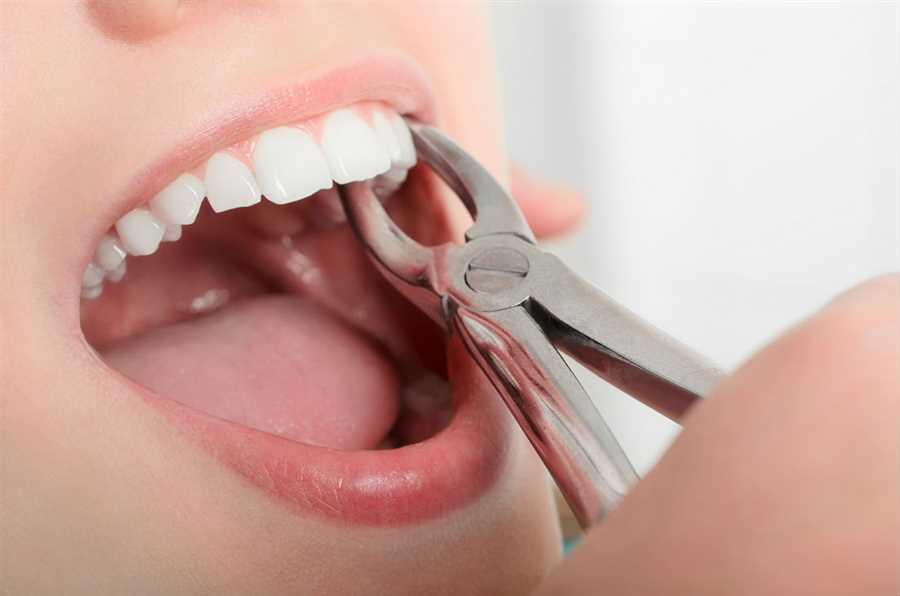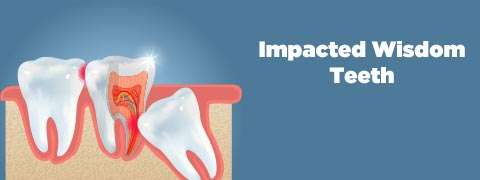
The tooth removal is a minor surgical procedure. Painless tooth removal can be safely carried out in the dental office.
With the advent of modern restorative techniques, a majority of teeth that were earlier advised for extractions can now be easily saved. However, in certain situations extractions are the only solution, as
- teeth that are decayed beyond restoration
- in cases where the excessive bone support of the tooth is destroyed.
- extra tooth
- retained milk tooth
- fractured tooth
- a malposed tooth which cannot be aligned by orthodontic treatment.
- impacted and unerupted tooth
- extraction of premolars for orthodontic treatment (Braces)

Wisdom teeth usually emerge from the gum (erupt) between the ages of 17 and 24. They are the last of the molar teeth. Some people never develop wisdom teeth, others have up to one to four in each corner of the mouth.
Wisdom teeth often cause no problems. They are described as impacted when there is not enough space for them at the back of the mouth. In such a case it might erupt towards the cheek or it might impinge on the second molar. Impacted wisdom teeth can cause pain, swelling, infection, or damage to the teeth next to them. If the gum around the wisdom tooth is swollen the jaw may become stiff and sore. Infection at the back of the mouth can cause bad breath and a bad taste. The surgical removal (extraction) of one or more wisdom teeth can relieve these problems. People who have impacted wisdom teeth that are not causing problems do not need to have them removed.
Having wisdom teeth removed is often the only way to permanently relieve painful symptoms. Although antibiotics can provide temporary relief, the symptoms tend to flare up again in the future.
The removal of such an impacted wisdom tooth has to be accomplished surgically. A flap is reflected to completely expose the tooth. Some amount of bone cutting may be required to facilitate easy removal. After the tooth is extracted the flaps are put in place and sutured. The procedure is performed under local anesthesia and is associated with minimal pain and discomfort.
In some cases, where a wisdom tooth is causing the pain because it is pressing into the surrounding gum, removal may not be necessary – an operation to cut back the gum may be all that is needed. However, this alternative is not suitable for everyone.
To schedule an appointment for painless teeth removal, contact us today!
